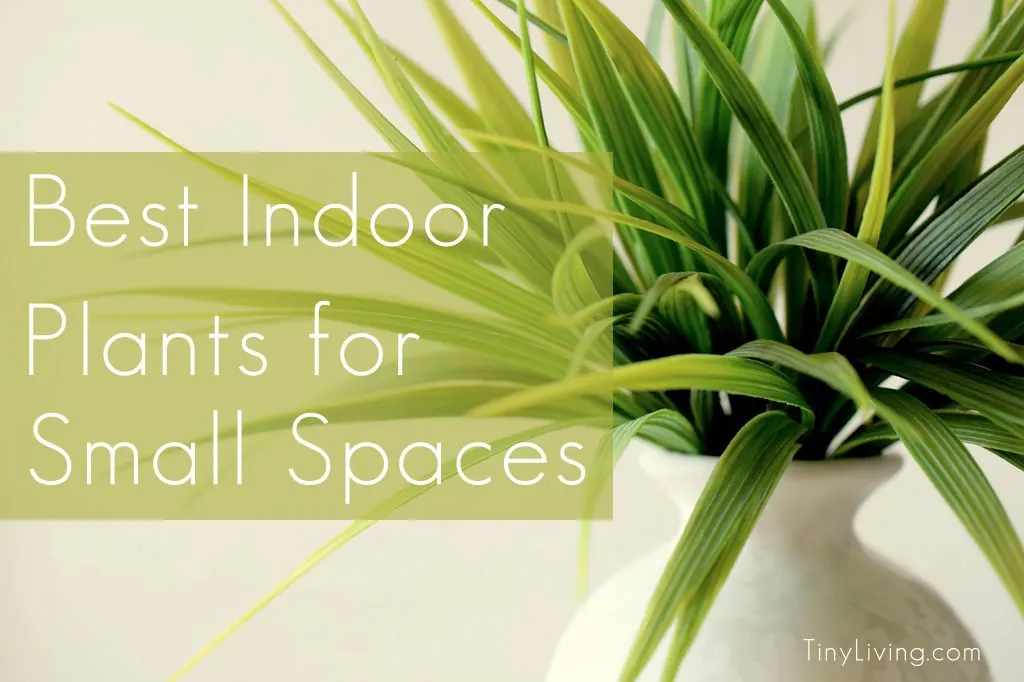One of the best ways to liven up your home is with a lush, beautiful houseplant. In addition to making your space look refreshed, most plants will actually improve the quality of the air in your home. Even if you don’t have a lot of space to spare, there are still many types of plants to fit your aesthetic, the environment, and your gardening experience. Don’t worry; there are plenty of plants for those who didn’t inherit that green thumb.
Herbs
Why not grow a plant and also reap the benefits. Herbs are great for taking up little space and they produce a bountiful harvest for use in the kitchen. Look for herb varieties that you find yourself turning to while cooking, such as basil, chives, cilantro, dill, mint, and rosemary.
A few important tips for starting your herb garden:
Start with healthy plants, instead of seeds to ensure success. Seeds take a long time to germinate, and established plants will put you ahead almost a year.
Place your herb plants next to a sunny window, with a constant temperature of 55-75 degrees.
Make sure to pot your plant in a container six inches or larger with drainage holes.
Use fast draining potting soil, and when watering, allow the soil to dry slightly.
Fertilize in the spring with liquid fertilizer or organic granules, every four weeks.
Air Plants
These delicate, yet hardy plants have recently become a gardening and decorating trend and they just so happen to be perfect for small spaces. Air plants grow and thrive without soil, and instead use their leaves to get all the water and nutrients they need. They are native to the Southern United States, Mexico, and Central America and there are over 650 varieties. These unique plants can be a great space saver when hung, but their small size yields to small nooks as well.
Growing tips:
Air plants are warm weather lovers and thrive on neglect.
They do need some moisture from time to time. Try misting them daily in early spring through autumn. In the winter, mist once a week.
They need protection from full sun, but they also should not be in temperatures below 45 degrees.
Air plants can be fertilized monthly in the spring and summer with low nitrogen liquid fertilizer.
Low Light Tolerant Plants
Small spaces often translate into a lack of natural sunlight. Whether you are in a small apartment with minimal windows or your studio is positioned to receive little light, there is still the perfect plant for you.
Lucky Bamboo: This ornately beautiful plant is sure to make you smile and tradition says it attracts good fortune and well being in its environment. The bonus is that it requires little care and tolerates low light. I was gifted one almost a year ago and it lives happily on a shelf in the bathroom, one of the lowest lit spaces in my apartment. Lucky bamboo grows in clean water and moderate temperatures. It’s best to keep the roots wet and change the water every 10 days or so.
Spider Plant: This popular indoor plant mimics its name, with its long and slender leaves that produce a gradient green color. With its bright complexion, it’s surprising that this plant prefers little light. The spider plant grows best in a pot or hanging and requires little care. It does not like wet soil, so be sure to plant it in a well-drained, rich potting soil. It can be fertilized every 2-4 weeks.
ZZ Plant: This indoor plant is known for making appearances in office buildings and indoor malls due to its low light preference. Upon first glance it can appear fake, but its waxy leaves are just an illusion. The ZZ plant is easy to maintain and only needs water when the soil has dried out. This is the perfect plant for the beginning gardener, as it can survive months without watering.
Peace Lily: Just when you think the drapy green leaves of this tropical plant are pretty enough, out comes a simple white flower. The peace lily produces flowers in early summer and they will continue to bloom throughout the year. This plant can be grown in all-purpose planting soil and should be kept moist. It requires little light and can be fertilized in the spring and early summer. Bonus, it’s one of the top household air cleaning plants, according to NASA.
Indoor Flowering Plants
If you want a little more than just greenery in your space, consider opting for a plant that flowers. These plants will add some color and variety, without sacrificing space.
Chrysanthemum: This colorful flower is bound to cheer up any spot in your home. Chrysanthemum should be placed near a window or in a spot that will get bright sunlight. It is easy to care for and only needs to be watered when it feels dry. It’s also shown to reduce the amount of indoor air pollutants.
Cyclamen: Also known as Persian violets, these lovely flowers are native to the Mediterranean region of Europe. They produce heart shaped leaves and vibrant colored flowers. The plant’s soil should be kept moist, but be careful to not overwater, or the leaves will wilt. Place these violets in indirect sun and keep them in slightly cooler temperatures.
Cactus: You might not initially think flower when you imagine a cactus, but most cacti are flowering plants that produce blooms. While they are more minimalistic, they are equally as beautiful and usually stay on the smaller side. Pot your cactus in an unglazed pot that drains easily. It can be watered once a week and should be placed in a well-lit area.

